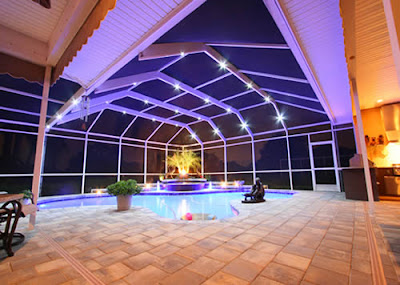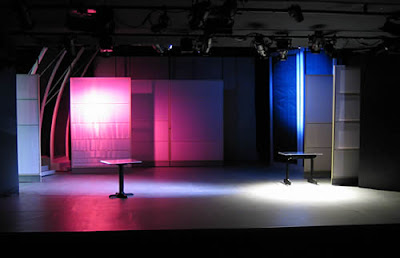Lighting Tips
July 11, 2011
Lighting Tips
To maximise natural light:
Before designing a room, you need to consider two types of lighting: natural and electric. Make the right choice and you can turn a dull, soulless room into a vibrant space.
Natural LightTo maximise natural light:
Let light come through windows without interruption. Remove secondary glazing, which absorbs light, and objects from window sills. Replace heavy curtains with blinds or muslin drapes. Mirrors amplify light. Place a large mirror opposite the window to reflect light around the room. Choose light and bright paint colours.
White, off whites & pastel tones will make a room look larger whereas red, orange, brown and black absorb light and make a room look smaller and darker. As a rule of thumb, the lighter the paint - the closer to white - the more reflective it is. Remember that cool colours work best in north facing rooms whereas warmer tones help to brighten up the cooler, darker side of the home.
Your choice of flooring will affect how light a room is. Carpets are soft, absorbent and hold the light whereas floorboards with a high-gloss finish reflect light around the room. Keep small, dark rooms bright and fresh, with as little pattern as possible. This will make the space look larger and lighter.
Electric lightYou can never light a room as efficiently as the sun so think of electric light as atmospheric background - it can create a cosy environment or a really dramatic one. Choose something more versatile than a single bulb hanging from the centre of the ceiling. Use multi or directional lights on a track, which can be used to highlight your favourite painting or mirror. Layer the lighting throughout the room so you have the right kind of lighting for your different needs, such as ceiling lights, table lamps and uplighters.
Put a floor socket in the middle of the room, so you don't have trailing leads across the floor. Highlight architectural features, such as ceiling coving, with uplighters. Each lighting type should be controlled separately to provide a variety or effects and combinations.








